The Highest Standard of Dog Training Obedience
Even the most energetic, distracted, or stubborn dog can show a dramatic improvement in behavior in as little as one week with professional obedience training. Following your pup’s training with us, our dedicated team of trainers will work with you to ensure that your results stick. Canine Academy graduates stand out in a crowd based on their patience, attentiveness to owner, and reliable off-leash behavior. During training, our trainers consistently seek out distractions for your dog, so that you get a reliable, obedient dog no matter where you go.
Each dog in our basic obedience program must pass a progress assessment prior to the end of their intensive training phase. No student leaves that program until they receive a “good” or “excellent” score on each of the skills required by a Canine Academy graduate. But your dog’s growth doesn’t stop there. Over the next 90 days, you can expect continued improvement in patience and attentiveness, even when you graduate to daily life without your e collar remote.
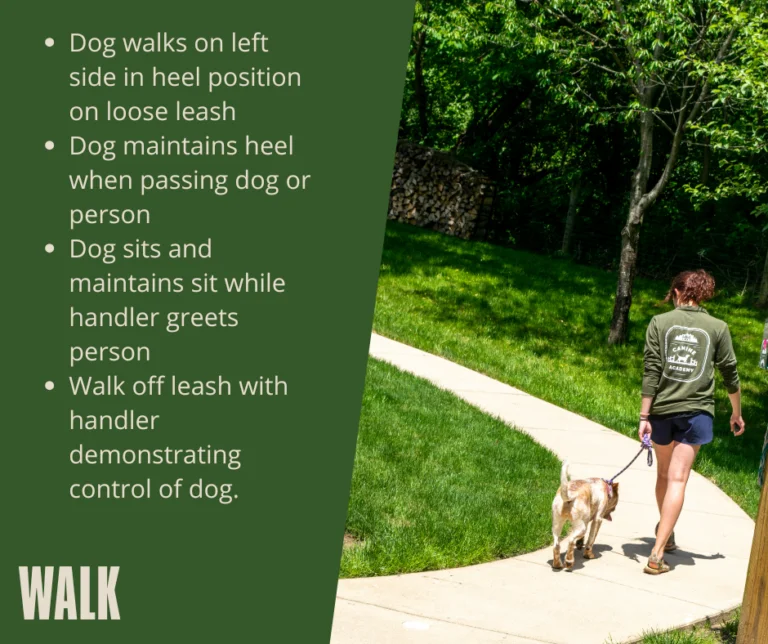
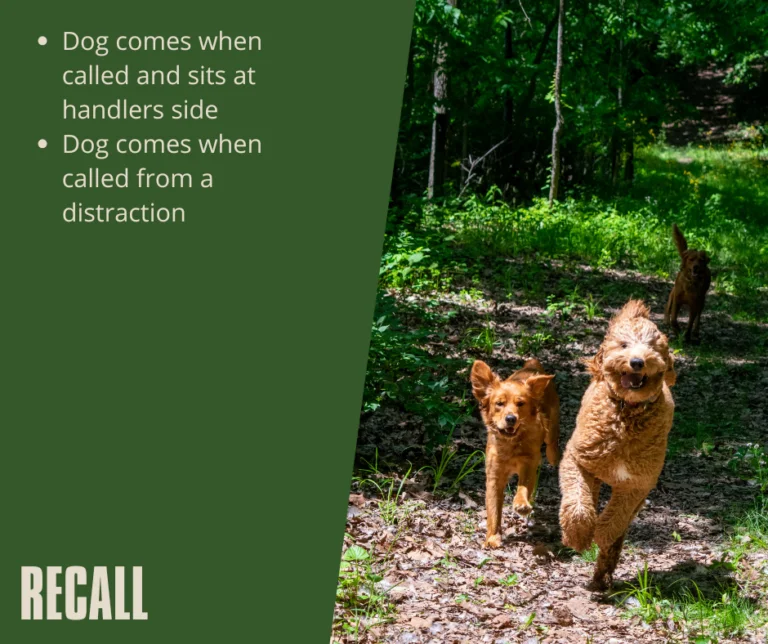
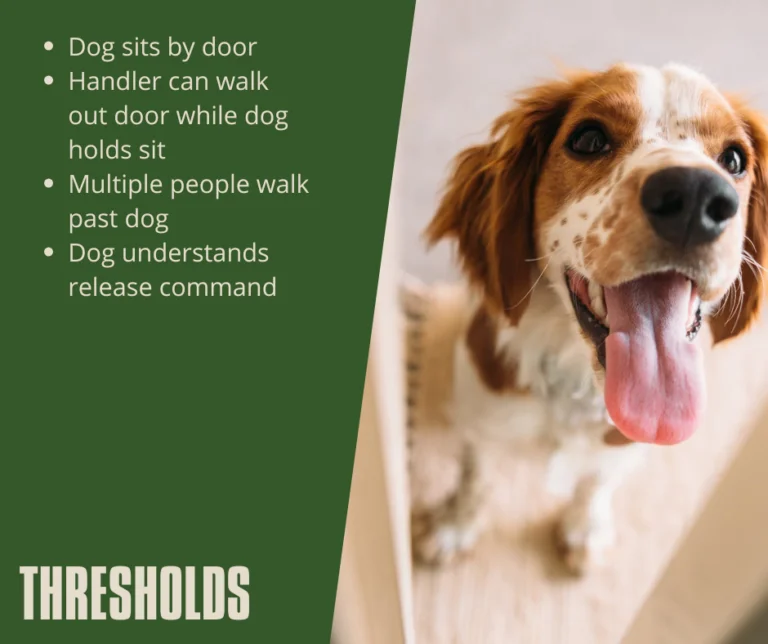
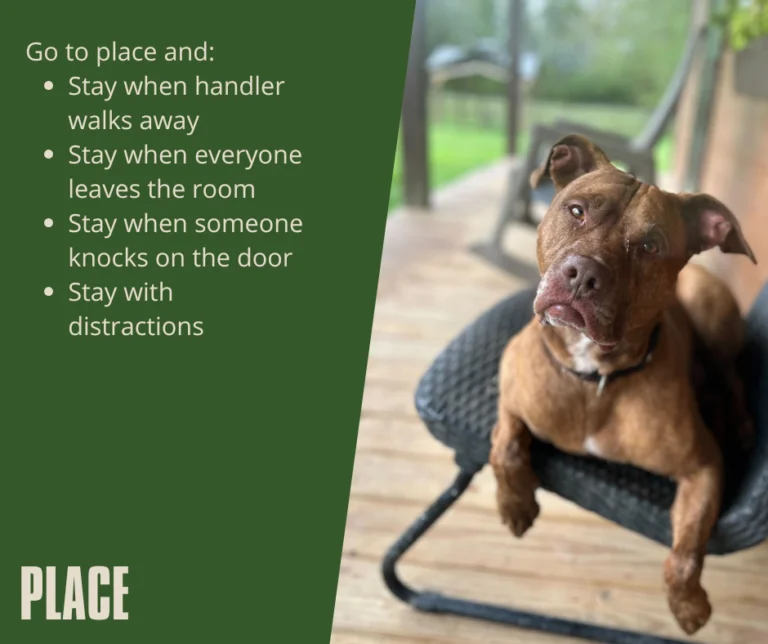
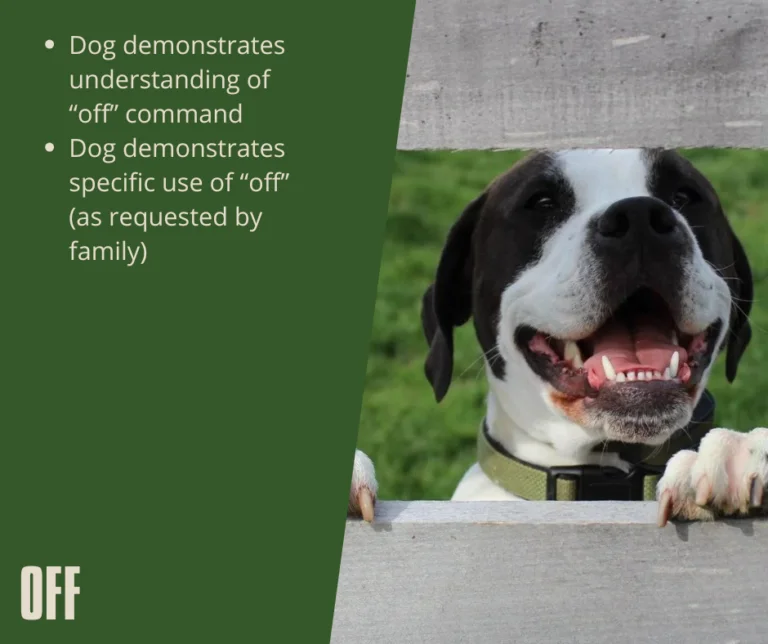
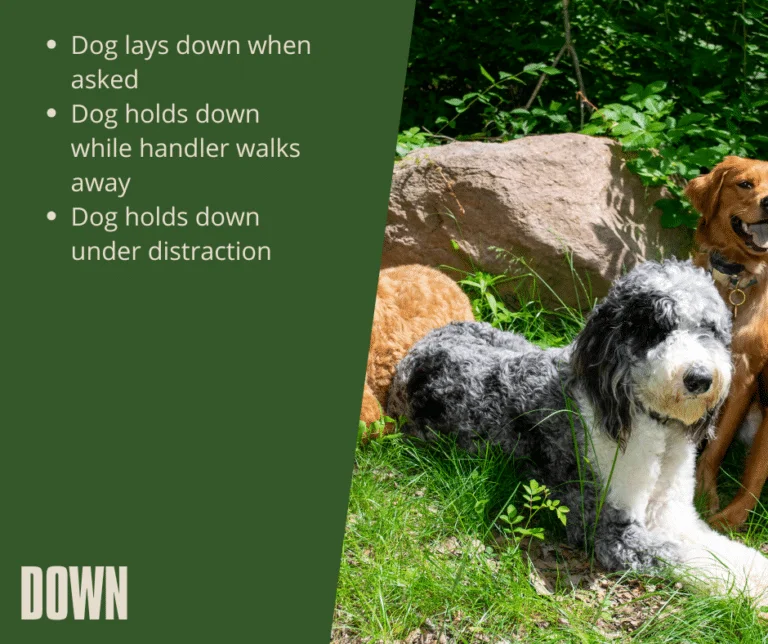
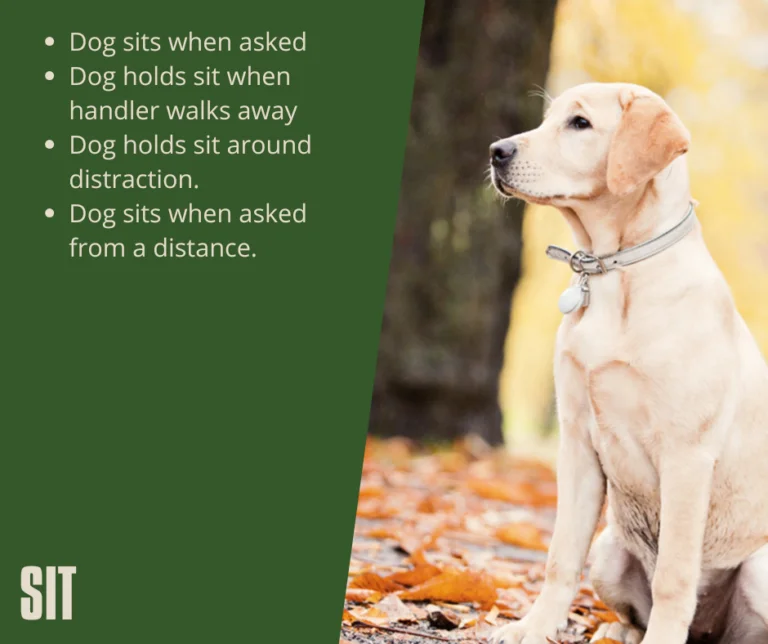
Before and After Training Results
Canine Academy offers our basic obedience program with three unique ways to partner with us. Whether you choose a full board-and-train program, private lessons, or small group lessons, you can expect your dedicated trainer to help you achieve Good Dog status for life. Here is just a sample of Canine Academy’s basic obedience results. You can expect the same standard of excellence no matter which program you choose.
Follow Ruby’s Journey: Before and After by Skill
Not sure where to start?
Take our behavioral assessment and a member of our team will reach out to discuss how to achieve your specific training goals
Training Results That Last a Lifetime
We commit to supporting your dog’s long-term success. Canine Academy’s board and train programs include scheduled follow-up appointments for 90 days. This schedule ensures that your new skills transition well to your home life. Additionally, our trainers are available for support during scheduled office hours, and welcome all graduates back for free group classes.
On rare occasions a customer needs more support from Canine Academy to navigate any unexpected problems. In situations where our 90-day support program hasn’t met your needs, we offer the following escalation procedure:
Phone or Video Call
First, we conduct a phone or video call to diagnose the problem and offer guidance. (Many times we find the dog is not performing to the expected result because the dog owner is making mistakes with his/her role. We can usually diagnose these problems over the phone or with a video call.)
Group Classes and Office Hours
If that call fails to get results, we invite you to attend a group class or a trainer’s “office hours” so we can see the dog in action and attempt to triage the problem.
Onsite Lesson
Third, we will schedule an onsite lesson to troubleshoot further. We will assign homework for you to continue progress on your own at home.
In-Home lessons or Board and Train
If none of the above tactics have worked, we will offer you a series of in-home lessons or a three-night board and train to remediate problems and get your dog back on track.
Dog Training Frequently Asked Questions
An off-leash dog refers to one that is able to communicate reliably with their handler at distances and without the control of a traditional leash. These dogs should typically have excellent recall skills, a tight heel at the owner’s side when called for, reliable response to handler redirection, and an understanding of distance boundaries set by the handler. Typically this result is impossible to achieve without the consistent use of an e collar over weeks or months, and often the dog should continue the use of the collar for life. However, at Canine Academy, we are able to deliver off-leash results in as few as 8 days. Better still, our trainers work with you for 90 days to help transition your dog to daily life without the ecollar.
A dog trainer can help you control your dog’s behavior, communicate effectively with your dog, and build your dog’s confidence. This can reduce dog reactivity and symptoms of separation anxiety, as well as reducing unwanted behavior. Many dog trainers use basic obedience methods – that means teaching the dog a small set of commands to help them know exactly what to do. A good trainer will also help you to become a confident dog handler. That means you’ll learn how to use those commands together to navigate your dog through any situation. To make sure you reap all of the benefits of professional dog training, make sure your trainer has experience with your dog’s breed and temperament, and that your trainer uses positive reinforcement training. Also, it’s critical to ask your trainer how they will prepare you to be a better dog owner.
Dogs interact with the world around them in a way that’s unnatural (and sometimes annoying!) to their human companions. Dogs love frequent barking, snatching for food or treats, jumping up to greet, or chasing the cat. The reward is obvious! But their owners don’t. That’s why it’s so important to teach your dog an “off” command. This command means “ignore that.” The problem with the off command is that it doesn’t tell the dog what to do instead. Here, a dog handler should pair a redirection with the off command. For example “off” and then “come,” can remove your dog from temptation and prevent continuous barking. If the dog is sitting at your side, it cannot also be barking out the front door at the postal carrier!
An off-leash dog isn’t just a way to get attention at the park. It’s also an assurance of a dog that is safe, well-exercised, and secure. Dogs that undergo off-leash obedience training have opportunity to practice recall and walking skills. This creates an assurance that the dog will return to your side and stay there, even if there is danger or distraction nearby. Further, dogs that are walked off-leash get much more exercise than their tethered counterparts. Those extra steps back and forth within a safe radius can add extra miles to that morning stroll. The extra exploring that an off-leash dog is allowed also fosters mental stimulation. Increased safety, physical and mental balance are reason enough to consider the benefits of professional obedience training.